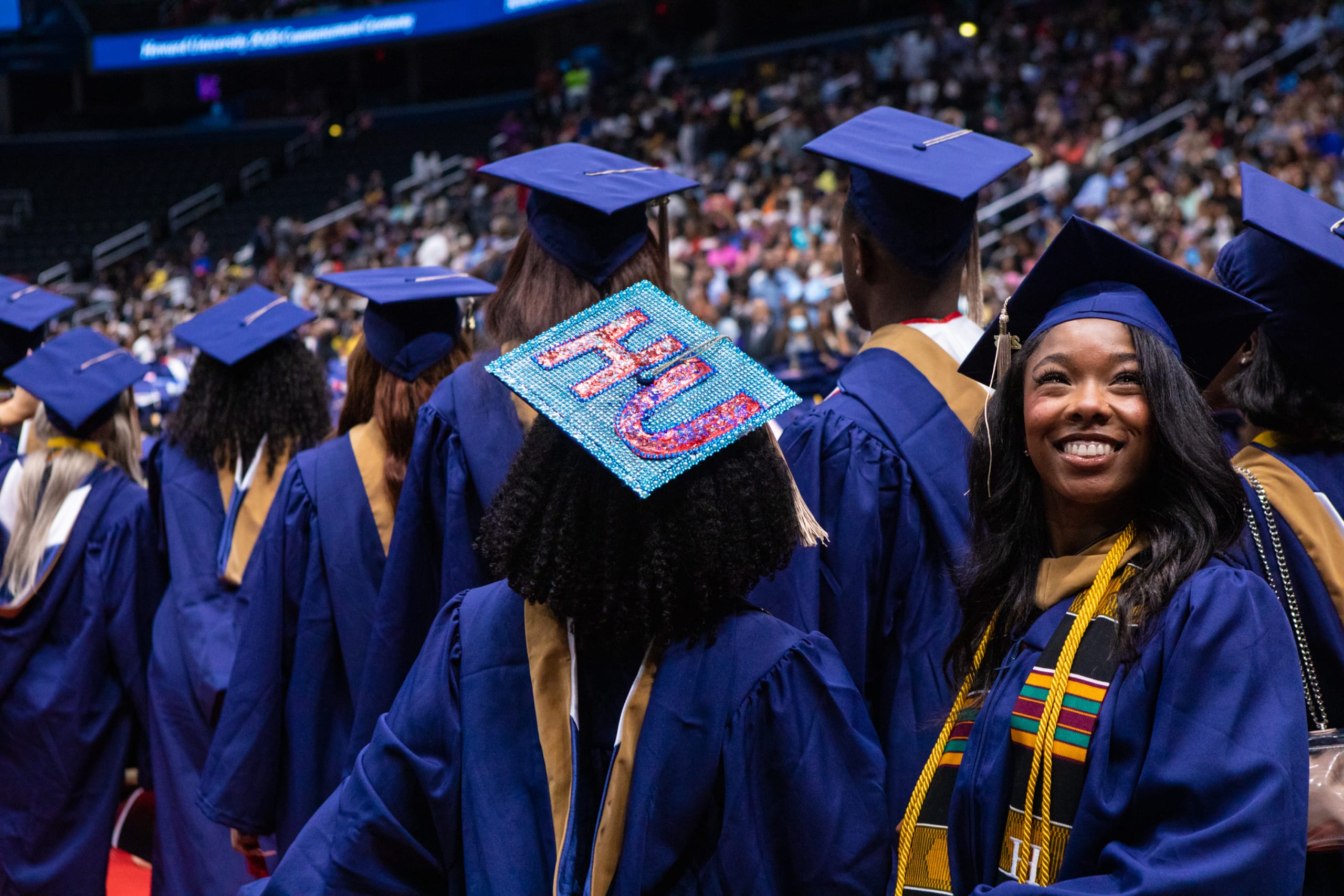We bring news that matters to your inbox, to help you stay informed and entertained.
Terms of Use and Privacy Policy Agreement
WELCOME TO THE FAMILY! Please check your email for confirmation from us.
Student borrowers struggling to resume paying loans have multiple options to consider
NEW YORK (AP) — Interest on federal student loans has started accumulating again after a three-year pause because of the COVID-19 pandemic.
You still have at least another month before you’ll need to start paying back your loans, so don’t panic.
Here’s what you need to know about your student loans:
The first step is to log in to your StudentAid.gov account and check who your loan servicer is. Many loan servicers changed during the pandemic, so you might have a different one than you did back in March 2020.
Once you know your loan servicer, you’ll log into your account with them to access your student loan balance, monthly payment amount and interest rate.
Betsy Mayotte, president of The Institute of Student Loan Advisors, recommends updating your personal information in your account with your loan servicer to make sure you receive all important correspondence.
Interest rates have risen significantly since the pandemic, but most borrowers with federal student loans will still have the same interest rate as before the payment pause. The rate might have changed if, for example, you consolidated your loans during the pandemic. If you are unsure if your interest rate has changed, you can check your account online.
Borrowers can find out what their monthly student loan payment will be on their account with their loan servicer. If you don’t know who your servicer is, you can find it by logging in your studentaid.gov account.
If you think you’ll have a hard time making payments once they resume, you have several options.
This summer, President Joe Biden announced a 12-month grace period to help borrowers who struggle after payments restart. You can and should make payments during the first 12 months after payments resume, but if you don’t, you won’t be at risk of default and it won’t hurt your credit score. Interest will accrue whether you make payments or not.
Mayotte also recommends that you research if you qualify for an income-driven repayment plan. Borrowers can use the loan-simulator tool at StudentAid.gov or the one on TISLA’s website to find a payment plan that best fits their needs. The calculators tell you what your monthly payment would be under each available plan, as well as your long-term costs.
Last year, the Biden administration announced a new income-driven repayment plan. The SAVE plan offers some of the most lenient terms ever. On this plan, interest won’t pile up as long as borrowers make regular payments.
It’s still possible that the SAVE plan could face legal challenges similar to the one that led the Supreme Court to strike down Biden’s proposal for mass student loan cancellation.
Mayotte recommends staying vigilant about scams. You should never have to pay to get help with your loans or apply for any of the programs such as income-driven repayment plans or the PSLF.
“We’re in extraordinary times. And unfortunately, this creates a lot of potentially believable narratives for the scammers that are out there,” Mayotte said.
To protect yourself from scams, the Department of Education recommends that you know their official email addresses, check for typos in advertisement and never share your log-in information.
TheGrio is FREE on your TV via Apple TV, Amazon Fire, Roku and Android TV. Also, please download theGrio mobile apps today!

